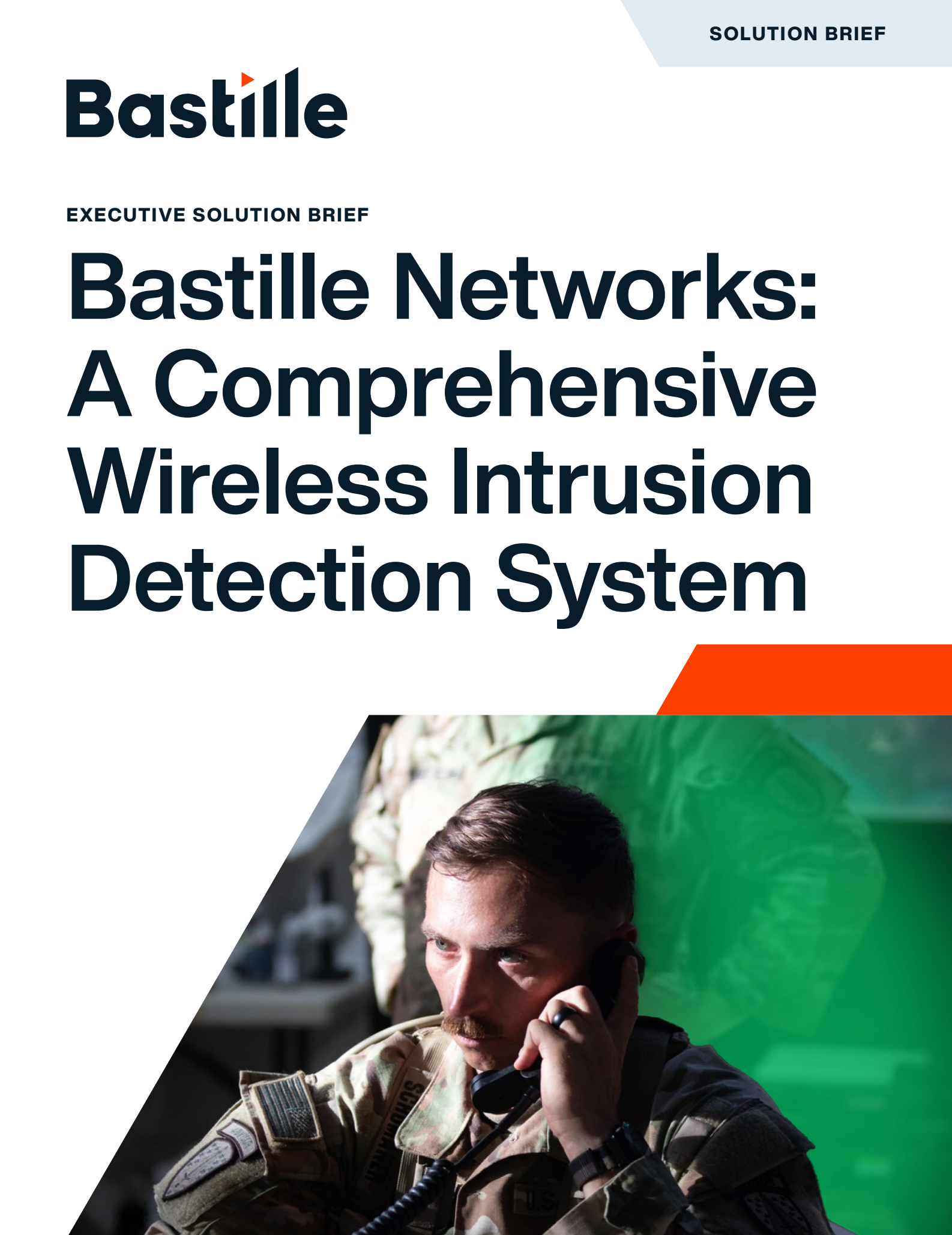
The recent case of U.S. Army Sergeant Jian Zhao highlights the growing risk of smartphone-enabled data breaches and the urgent need for advanced wireless security measures. According to the U.S. Department of Justice, Zhao allegedly photographed classified military documents using his smartphone and transmitted sensitive data to unauthorized contacts overseas. While at Joint Base Lewis-McChord, Zhao reportedly used encrypted messaging platforms to communicate and share sensitive national defense information with unauthorized personnel, significantly endangering national security.
Zhao’s Smartphone Espionage
According to federal investigators, Zhao leveraged his smartphone to circumvent traditional security controls. Surveillance footage from his Army office showed Zhao using his phone’s camera to take high-resolution images of classified documents, bypassing restrictions on digital file transfers. He then sent these images via encrypted messaging applications, making detection more difficult. Zhao also reportedly used multiple SIM cards and disposable messaging accounts to avoid tracking, further complicating efforts to monitor his activities. He used smartphone technology to exfiltrate national defense information without resorting to traditional espionage techniques, such as physical document smuggling or cyber intrusions.
Sensitive Compartmented Information Facilities (SCIFs) have strict policies prohibiting personal electronic devices, including smartphones, due to the risk of unauthorized recording and transmitting classified information. Zhao, however, managed to smuggle his smartphone into these restricted areas by exploiting security blind spots. Investigators suspect he may have concealed the device in his clothing or among authorized equipment to evade detection during security screenings. Additionally, Zhao likely took advantage of moments when security personnel were less vigilant, allowing him to bypass access control measures without raising suspicion. His ability to defy SCIF regulations underscores the challenges of enforcing wireless security policies in highly sensitive environments.
Organizations handling sensitive data must contend with the increasing sophistication of insider threats. Smartphones, with their high-resolution cameras, always-on connectivity, and access to encrypted messaging applications, make it easier than ever for malicious actors to exfiltrate classified or proprietary information. Traditional security solutions, such as physical access controls and endpoint monitoring, fail to address these wireless threats.
How Bastille Networks Mitigates Smartphone Threats
Bastille Networks provides a Wireless Airspace Defense platform to protect organizations from unauthorized wireless devices and activities. By continuously monitoring the entire wireless spectrum, Bastille enables security teams to detect, localize, and respond to smartphone-related threats in real time.
Key Features of Bastille’s Wireless Airspace Defense:
- Full-Spectrum Monitoring: Bastille’s solution passively monitors all major wireless protocols, including Wi-Fi, Bluetooth, cellular, Zigbee, and more. This coverage allows security teams to identify unauthorized smartphones or other wireless devices attempting to transmit sensitive data before damage occurs.
- Real-Time Threat Detection: AI-powered threat assessment categorizes all wireless devices by risk level, alerting security teams when an unauthorized or suspicious device is active within a secured area.
- Device Localization: Using advanced sensor arrays, Bastille pinpoints the exact location of unauthorized wireless devices, helping security teams swiftly locate and neutralize threats.
- Seamless Integration: Bastille’s solution integrates easily with existing security infrastructure, enhancing situational awareness and enabling a rapid response to emerging threats.
Applying These Lessons to Wireless Security
The Jian Zhao case is a stark reminder that security policies must evolve to address modern threats. While physical security measures remain crucial, organizations must adopt advanced wireless monitoring solutions to mitigate the risks posed by smartphones and other wireless-enabled devices.
By implementing Bastille’s Wireless Airspace Defense, government agencies, data centers, and enterprises can:
- Prevent unauthorized smartphone usage in sensitive areas
- Detect covert data exfiltration attempts in real time
- Enforce compliance with security policies through proactive monitoring
Strengthening Security for the Future
As wireless threats evolve, organizations must stay ahead of adversaries by deploying solutions that provide comprehensive visibility into their airspace. The Jian Zhao case illustrates that insider threats can exploit personal smartphones to bypass traditional security measures. Bastille’s technology empowers organizations to detect and respond to these threats, safeguarding sensitive data and protecting national security.
For more details on how Bastille’s Wireless Airspace Defense can help protect your organization, visit Bastille Networks.




